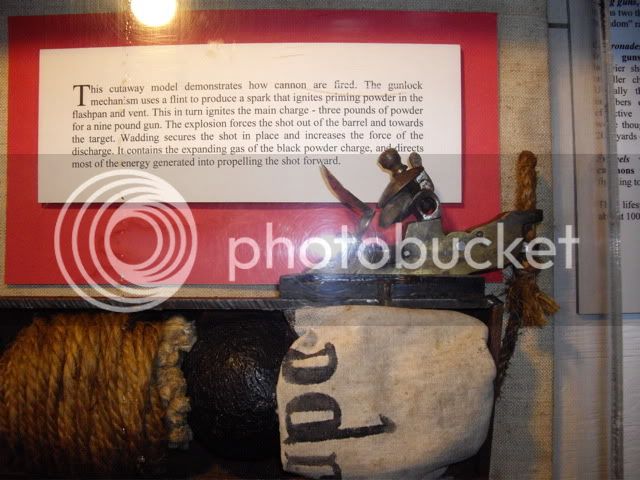Hello Folks
I am just hoping that someone can tell me something about this mechanism. It was made in Cork, Ireland probably by James Bowls who was a gunsmith in Cork in the late 1700's. I know about the family but nothing about this piece with his name on it. Would you think that would be about the correct date for this mechanism? The striker looks like just a piece of steel or is it actually just missing the top piece of the clamp which would normally hold the flint? What would the two holes at the back of it be for? The fellow who has it stuck a cord through them but I think more likely they were for fastening the mechanism to the stock. Was this for a pistol or for a rifle? I see that the gunpowder would flash in the pan at the bottom but how would that flash travel through to the barrel to ignite the gunpowder in there? Does anyone have any other comments about this piece?
Thanks in advance for your help.
Tom





